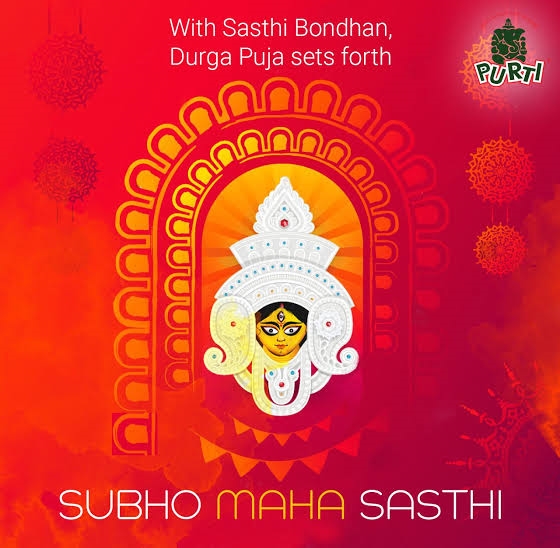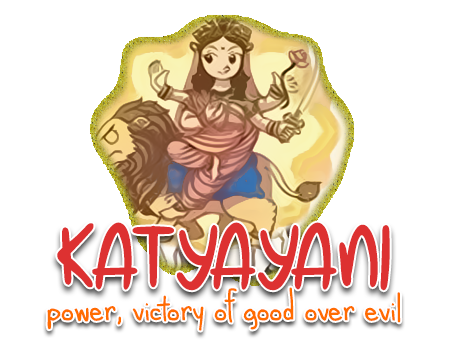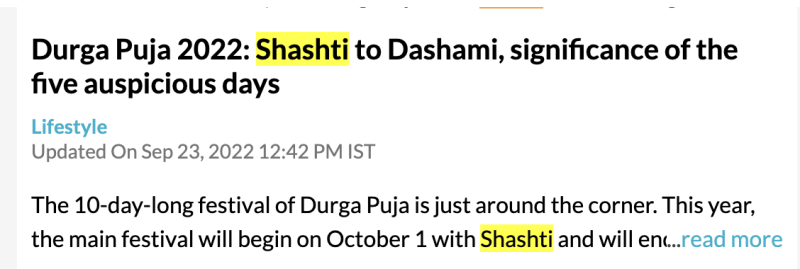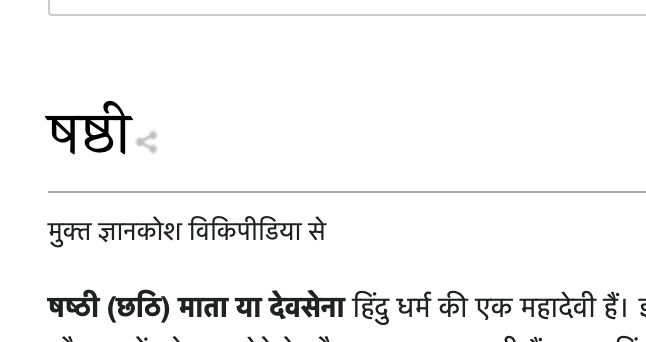
5. Skandamata

Skandamata is worshiped on the fifth day of Navaratri. When Goddess Parvati became the mother of the God of War, Lord Kartikeya, also known as Skanda, she became Skandamata. Her name means, 'Skanda' which denotes the God of War, and 'Mata' means mother. It is believed that she governs over the planet, Mercury.
Her image is depicted with four arms and three-eyed. She rides a ferocious lion. Since her image is shown sitting on a Lotus flower she is also known as Goddess Padmasana. One of her hands shows Abhayamudra, a gesture of fearlessness. One of her other hands holds her son, Skanda in an infant form in her lap. The other two are shown holding lotus flowers.
Skandamata is known as the Goddess of Endurance. Her worshippers are mesmerized by her peace. They can feel the removal of worldly impurities and immerse themselves in her bestowed divine happiness. She is also known as the true Goddess of Purity, through worshipping her, her worshippers can attain tranquility in their souls and mind. It is also believed that through her worshippers are able to leave behind their sorrows and attain contentment in life.
Remember, you have time till Saturday 08:00 PM IST to share some unknown facts! Send them to the CrazyCreatives account now!




























comment:
p_commentcount